Path Cardio Outline - TMedWeb
Path Cardio Outline - TMedWeb
Path Cardio Outline - TMedWeb
You also want an ePaper? Increase the reach of your titles
YUMPU automatically turns print PDFs into web optimized ePapers that Google loves.
<strong>Path</strong> <strong>Cardio</strong> <strong>Outline</strong>PERICARDIAL DISEASESPericardial Effusion‐ Normal pericardial fluid = 30‐50mL of straw‐colored, thin, serous fluid‐ Extra fluid can accumulate of variable compositiono Pericardial Effusion = Variable, usually serouso Blood = hemopericardium from traumao Pus = purulent Pericarditis‐ Response is dependent on quantity and rate of pericardial fillingo Depends on how much the heart can stretcho Rapid filling, even with low fluid levels (200‐300mL) = cardiac tamponadeo Slow filling can accommodate more fluid (up to 500mL) and still be okPERICARDITISThis is an inflammation of the pericardium. It is often caused secondary to something else (metastasis,surgery, thoracic/systemic disease, or infectious agents). Most causes result in an acute pericarditis withan acute inflammation reaction. Some cause chronic Pericarditis.Acute Pericarditis‐ Serous Pericarditiso Serous inflammatory exudate that is produced by noninfectious inflammation (RF, SLE,scleroderma) or an infection near the serosal layer (pleuritis)o The increased vascular permeability of inflammation results in an exudative fluid thatnormal has scant inflammatory cells in a fluid that accumulates slowly‐ Fibrinous and Serofibrinous Pericarditiso Most Common type of Pericarditiso Composed of a serous fluid mixed with fibrinous exudateo Causes include MI, post infarction syndrome (Dressler’s Autoimmune), RF, SLE, traumao Development of a loud pericardial friction rub is seen often with pain and systemicfebrile reactions.o The fluid is either dry (fibrinous) or there can be thick yellow fluid owing to erythrocytesand inflammatory cells‐ Purulent or Supparative Pericarditiso Caused by the invasion of foreign organisms.• Direct extension of neighboring inflammation (pleuritis, infectious endocarditis)• Seeding from the blood or lymphatic extension• Direct introduction during cardiotomyo Clinical findings = those of fibrinous Pericarditis with increased systemic reactions (fever,chills, etc)o There is a large amount of fluid (500mL) with a variable consistency dependent on theconcentration of organisms and strength of the immune response)21 | O wl Club Review Sheets



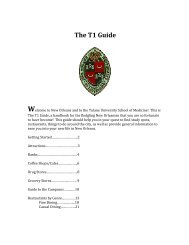
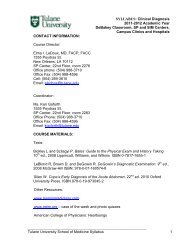
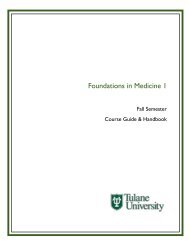
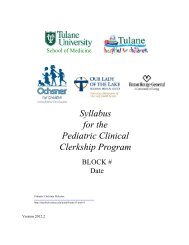
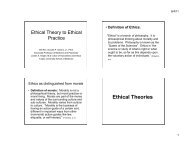
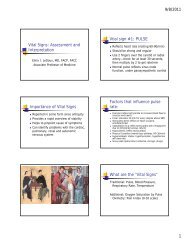
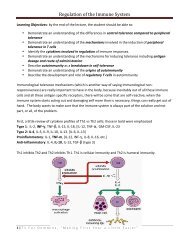
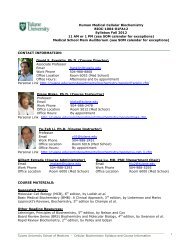
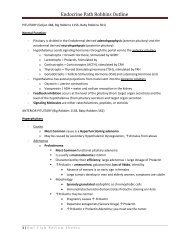



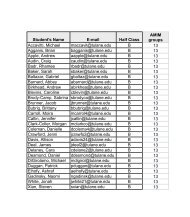
![Research Opportunities for Medical Students 10-13[1] - TMedWeb](https://img.yumpu.com/35158682/1/190x245/research-opportunities-for-medical-students-10-131-tmedweb.jpg?quality=85)